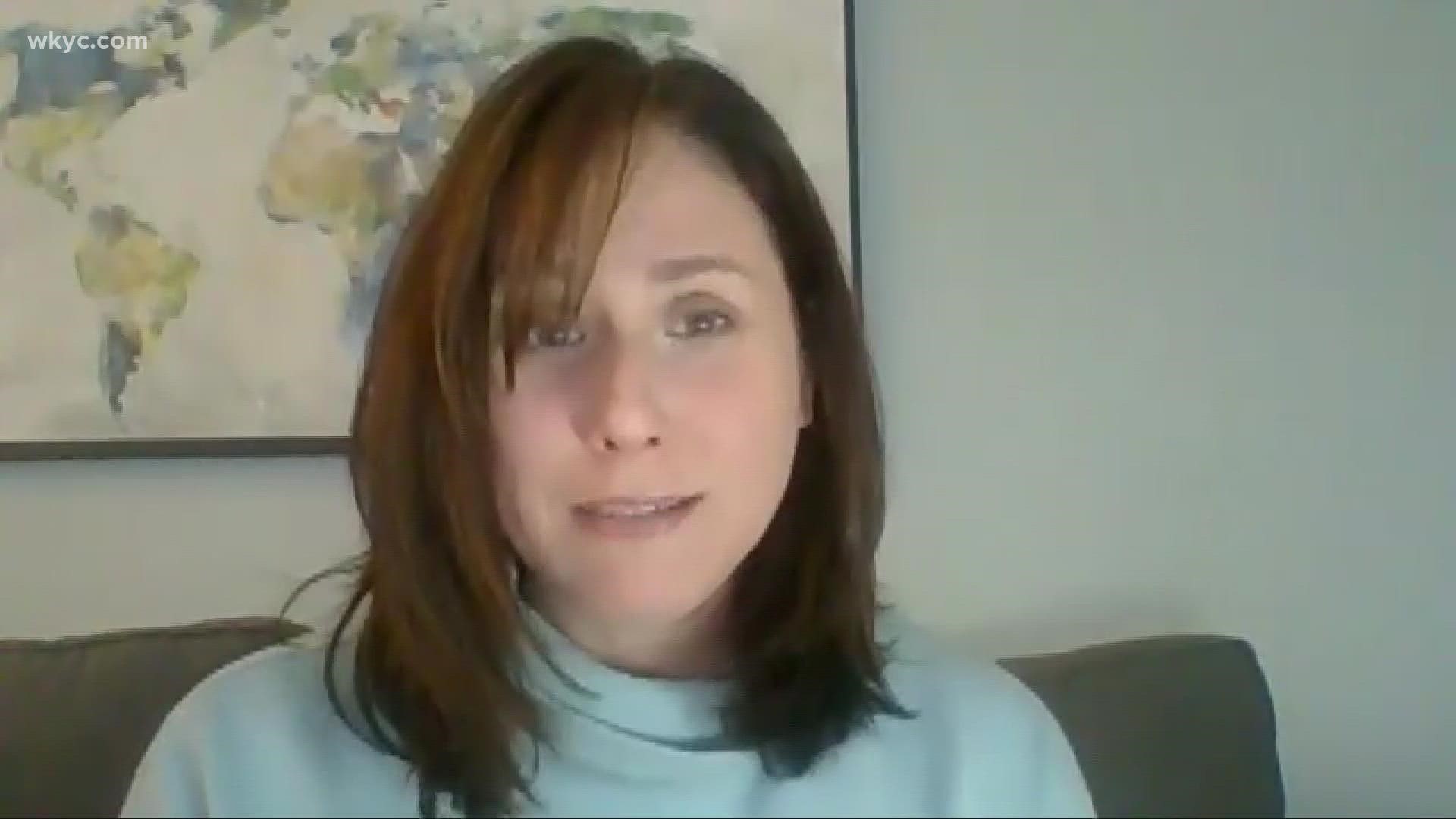CLEVELAND — For Stacey Bene, the pandemic has been a way for her to give back to her community.
When the coronavirus vaccine roll-out began in 2021, she began tirelessly tracking down vaccines for those who needed them the most. Bene has helped thousands of Ohioans find vaccinations for COVID-19. However, on New Year’s Day, she found herself tirelessly tracking down a monoclonal antibody treatment after testing positive for COVID-19.
“I'm upset that this is where we are almost two years in the process. I wish things were easier for people,” said Bene.
Bene is high risk due to her cystic fibrosis diagnosis. However, she prepared herself for a potential diagnosis by getting her vaccines and booster shot. Still, her COVID diagnosis had her needing additional protection via infusions to avoid the hospital.
Dr. Daniel Simon is the chief scientific officer for University Hospitals Cleveland Medical Center. He says the monoclonal antibody treatment to treat omicron is scarce in Northeast Ohio.
“61 doses per week doesn't cover the need when we have 600 patients who are hospitalized with COVID, over 90 percent is omicron and of those 600, about 120 are in intensive care units. So, these are very sick individuals. Once you are on a ventilator for COVID pneumonia you have a 30% to 50% mortality.” said Dr. Simon.
Doctor Simon says UH is limiting the infusions to high-risk patients who have had three vaccine doses.
“That is determined by a committee of infectious disease experts as to who should receive that therapy because it's in such short supply,” said Dr. Simon. “These are $3,000 IV infusions that are paid for by the federal government. It’s all very equitable in the distribution but it’s just not enough.”
Bene says she's one of the lucky ones.
“I was diagnosed with cystic fibrosis in 1978 and at that time the life expectancy for a child with cystic fibrosis was between 5 and 12 years. Throughout my entire life, I leaned on the medical community and I’ve taken medications that were experimental and I’ve done the next phase to try and get me more years of life. I’ve been able to live to 46 years with this diagnosis. I feel like I’ve been given that opportunity again by giving my trust into the medical community and the researchers when I got COVID.”
MORE COVID-19 IN OHIO HEADLINES:

